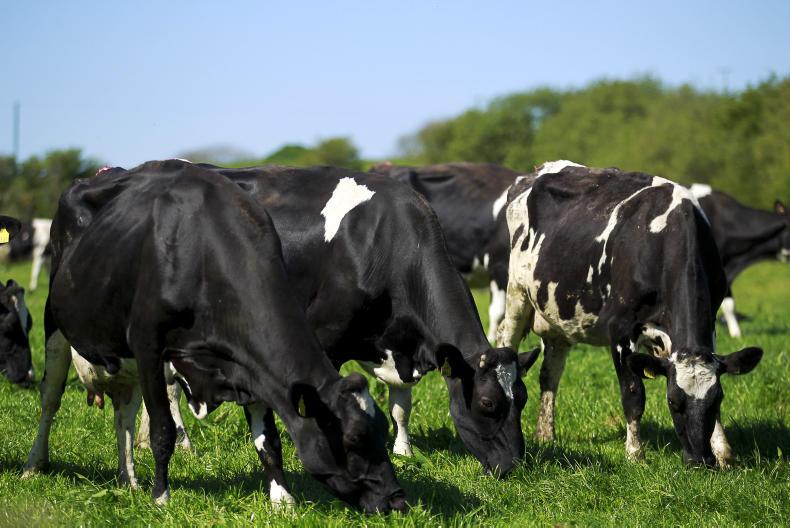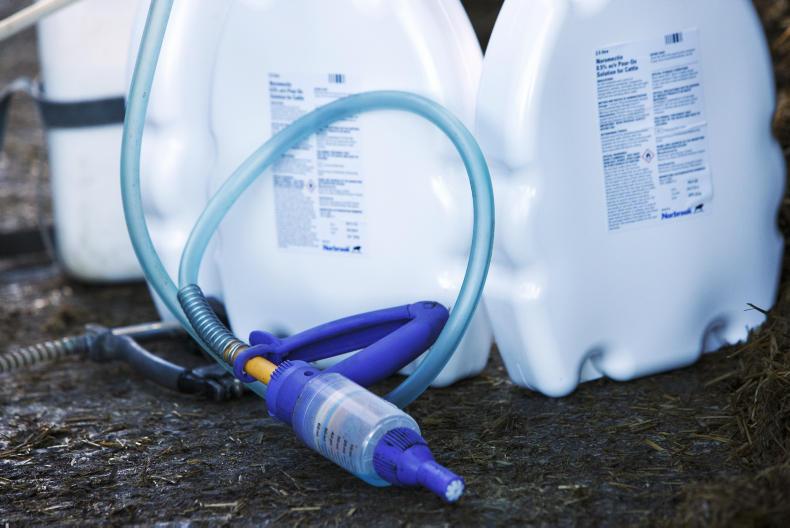However, it can be difficult to decide what animals need a dose and when. There are indications from around the country that problems such as hoose are appearing earlier than usual this year.
Reduced growth rates, reduced fertility, decreased milk yields and animals that are coughing or scouring are all signs that they are suffering from parasitism and require a dose.
Animal Health Ireland (AHI) has produced a simple risk-assessment matrix which makes it easy for farmers to access what groups are at high risk.
This allows farmers to treat ahead of time as prevention is better than treatment.

The animal
First, start by considering the animal itself. Young stock during their first grazing season have not previously been exposed to any parasites and so have no built-up immunity.
When compared with an older animal, this places them at a much higher risk. The immunity will build up over time but it is important to avoid any adverse effects on performance. Therefore, an animal performing badly with gains of less than 0.7kg/day may be an indication of infection, putting them in the high-risk bracket.
Perhaps the easiest way to decide if an animal requires a dose is by conducting a faecal worm egg count and faecal fluke egg count.
If this number is greater than 200 for worms and greater than 20 for fluke, then stock will require a dose. However, this method may not be cost-effective on a small farm so the cost of the dose compared with the cost of the test should be taken into account first.
The pasture
Accessing the pasture that animals are grazing can also be an effective way of assigning a risk factor. Pasture with low herbage mass (<1,000kh DM/ha) and a low sward height (<4cm) present a much higher risk than a pasture full of lush fresh grass.
The type of field and the previous year’s grazing history should also be considered. Permanent pasture is of higher risk as there is an increased chance that parasites may be present from previous years.

If possible, young stock in the highest risk bracket should be grazed on after-silage grass or on newly sown pasture.
If the pasture was grazed by young stock in the previous year, then there is also a higher risk as they are more likely to have been infected.
Other factors
As some animals, especially young stock, will have already received a dose prior to turn-out, you should also bear this in mind.
If it is greater than eight weeks, then the persistency period of the treatment is likely to be over and it is no longer protecting the animal.
If the period is under four weeks, then no dose should be required as over-dosing can be just as harmful.
Dairy herds can also access the bulk tank levels of ostertagia ostertagi (gutworms) with the aim of having levels below 0.5.

For fluke, snails are a crucial part of fluke’s lifecycle and so areas with a widespread snail population are at higher risk than areas with no snails.
In addition to all of these factors, the weather also plays an important role.
The parasite challenge on pasture increases in the warm and wet weather conditions that have been experienced nationwide recently. This means that parasite infections may be presenting earlier this year than in previous years.
The table, as well as the full publication on managing parasites, is available on www.animalhealthireland.ie.












SHARING OPTIONS